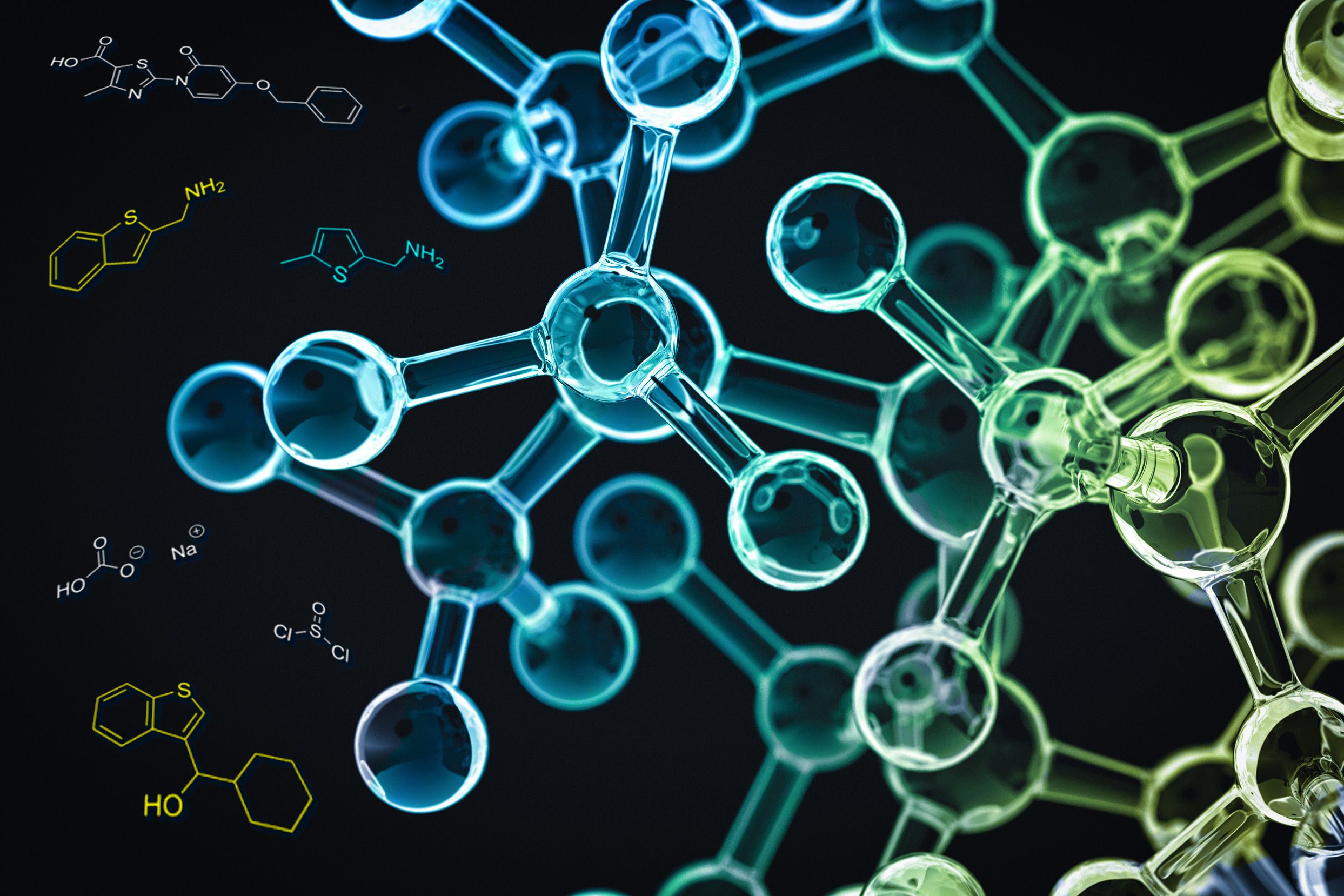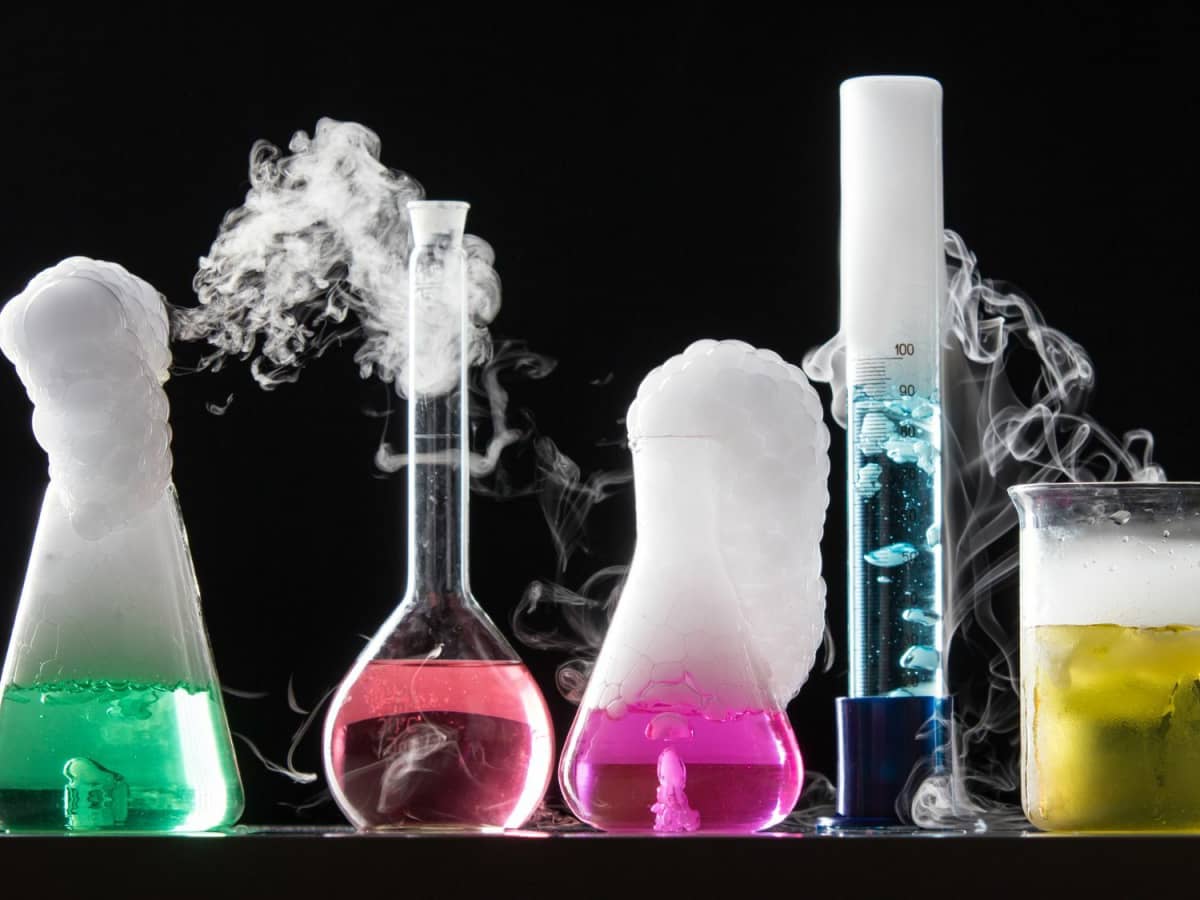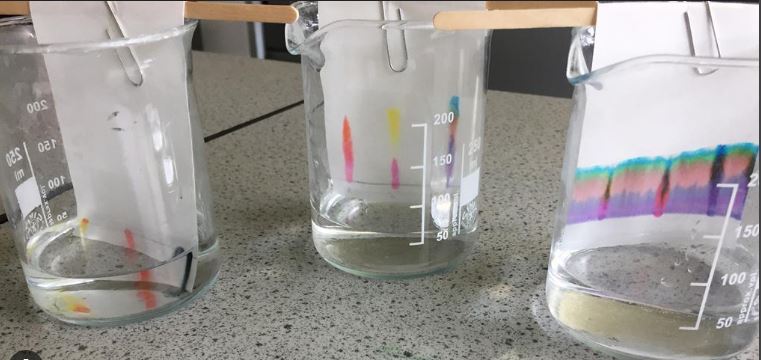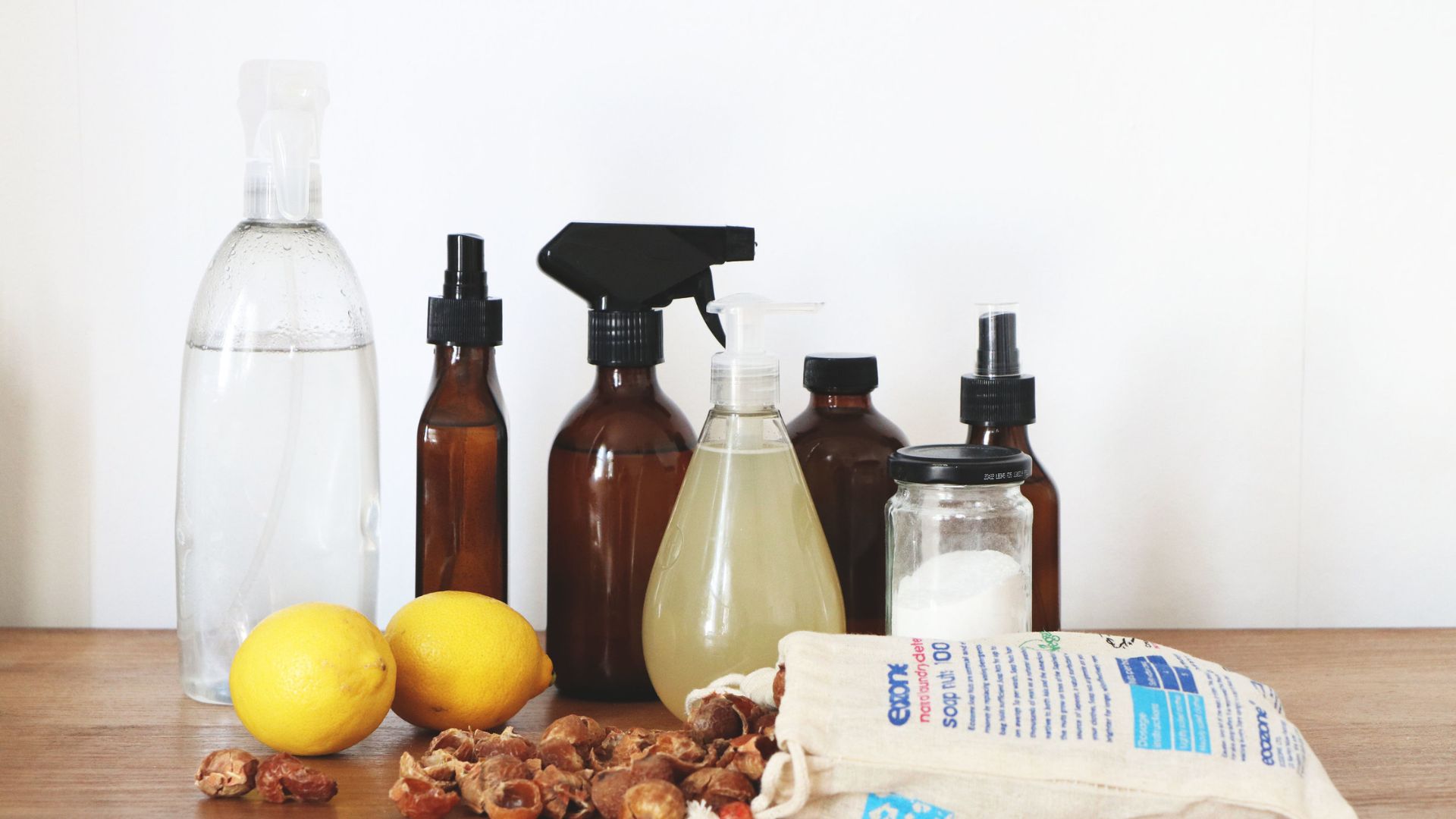Improving chemical reaction efficiency is crucial for many industries, from pharmaceuticals to agriculture. Enhancing efficiency can save time, reduce costs, and minimize environmental impact. In this article, we’ll explain various methods for improving chemical reaction efficiency, providing practical tips and insights.
1. Optimize Temperature and Pressure
One effective way to improve chemical reaction efficiency is by optimizing temperature and pressure conditions. By adjusting these parameters, you can increase reaction rates and yields. For instance, higher temperatures can speed up reactions, while specific pressures can enhance reactant interactions.

Improving Chemical Reaction Efficiency
2. Use Catalysts
Catalysts play a vital role in improving chemical reaction efficiency. They lower the activation energy needed for reactions, allowing them to proceed faster and more efficiently. By selecting the right catalyst, you can significantly boost reaction rates without consuming the catalyst itself.
3. Adjust Reactant Concentrations
Modifying reactant concentrations is another strategy for improving chemical reaction efficiency. Higher concentrations of reactants often lead to increased reaction rates. However, it’s essential to balance concentrations to avoid unwanted side reactions or product inhibition.
4. Implement Advanced Mixing Techniques
Effective mixing ensures that reactants are uniformly distributed, which is essential for improving chemical reaction efficiency. Advanced mixing techniques, such as ultrasonic or high-shear mixing, can enhance reaction rates and product consistency by promoting better contact between reactants.
5. Utilize Modern Reaction Technologies
Utilizing modern reaction technologies, such as microwave or ultrasonic reactors, can significantly improve chemical reaction efficiency. These technologies provide energy directly to reactants, increasing reaction rates and reducing processing times.
6. Improve Reactant Purity
High purity of reactants is crucial for efficient chemical reactions. Impurities can hinder reaction rates and lead to lower yields. By using purified reactants, you can enhance the efficiency and quality of the final product.
7. Optimize Solvent Selection
The choice of solvent can greatly impact chemical reaction efficiency. Selecting the right solvent can enhance reactant solubility and improve reaction rates. In some cases, switching to greener solvents can also reduce environmental impact without compromising efficiency.
8. Conduct Thorough Kinetic Studies
Thorough kinetic studies help understand the factors affecting reaction rates. By analyzing reaction kinetics, you can identify optimal conditions for improving chemical efficiency. This data-driven approach allows for precise adjustments to reaction parameters.
9. Apply Computational Modeling
Computational modelling is a powerful tool for improving chemical efficiency. By simulating reactions, you can predict outcomes and optimize conditions before conducting experiments. This approach saves time and resources while enhancing reaction efficiency.
10. Implement Continuous Flow Reactors
Continuous flow reactors offer several advantages for improving chemical efficiency. They provide better control over reaction conditions, leading to consistent product quality and higher yields. Additionally, continuous flow processes can be more scalable and environmentally friendly.
11. Use Enzyme Catalysis
Enzyme catalysis is a highly efficient method for specific reactions. Enzymes are biological catalysts that can significantly improve reaction rates and specificity. By employing enzymes, you can achieve higher efficiency and selectivity in biochemical reactions.
12. Monitor and Control pH Levels
Maintaining optimal pH levels is essential for many chemical reactions. pH can influence reaction rates and product stability. By monitoring and adjusting pH levels, you can improve the efficiency and outcome of the reactions.
13. Optimize Reaction Time
Reaction time optimization is crucial for improving reaction efficiency. Finding the right balance between reaction time and yield ensures that you achieve the highest efficiency without unnecessary energy or resource consumption.
14. Enhance Heat and Mass Transfer
Improving heat and mass transfer within reaction systems can boost chemical reaction efficiency. Efficient transfer ensures that reactants interact effectively, leading to faster and more complete reactions. Techniques like using heat exchangers or increasing surface area can be beneficial.
15. Conduct Regular Process Optimization
Continuous process optimization is key to maintaining and improving chemical reaction efficiency. Regularly reviewing and adjusting reaction parameters based on performance data helps in achieving consistent efficiency and adapting to new challenges or opportunities.
Conclusion
Improving chemical reaction efficiency is essential for cost-effective and sustainable chemical processes. By optimizing conditions, using catalysts, and employing modern technologies, you can enhance reaction rates and yields. These methods contribute to more efficient and environmentally friendly chemical production.




